2019 will be a momentous year. Let that suffice for predictions. Now we have a moment to consider where we are at the end of 2018, and in my opinion most are having difficulty determining that because of a problem with their mental models. I’m going to talk about this without apologizing for length or scope. As always, my chief concern is leaving a record for the ones who will come later, after we are all dust.
I’m organizing this in several parts. First up, a mental model lots of people are using, whether you know of it or not.
1. The Overton Window

This is a model developed in the 1990s. By model I mean a conceptual framework for understanding things that are happening and to some extent how and why, the better to prepare for the future. A conceptual model is a metaphor, a hopefully elegant way of saying “this is like that.” We all have them, in all sizes and scales, modeling our own views of how the world works and even the things in it, from internal combustion engines to PTA meetings.
The Overton Window is a model for distinguishing what’s possible and what isn’t at any given point in time. What’s inside the window frame is the realm in which change, reform, breakthroughs, bad stuff, whatever you want to call it, is possible. What’s hidden and therefore outside of the window frame is the past, the future obviously, and whatever long term process timeline is unfolding. Here’s an example of how the Overton Window is used to explain things.
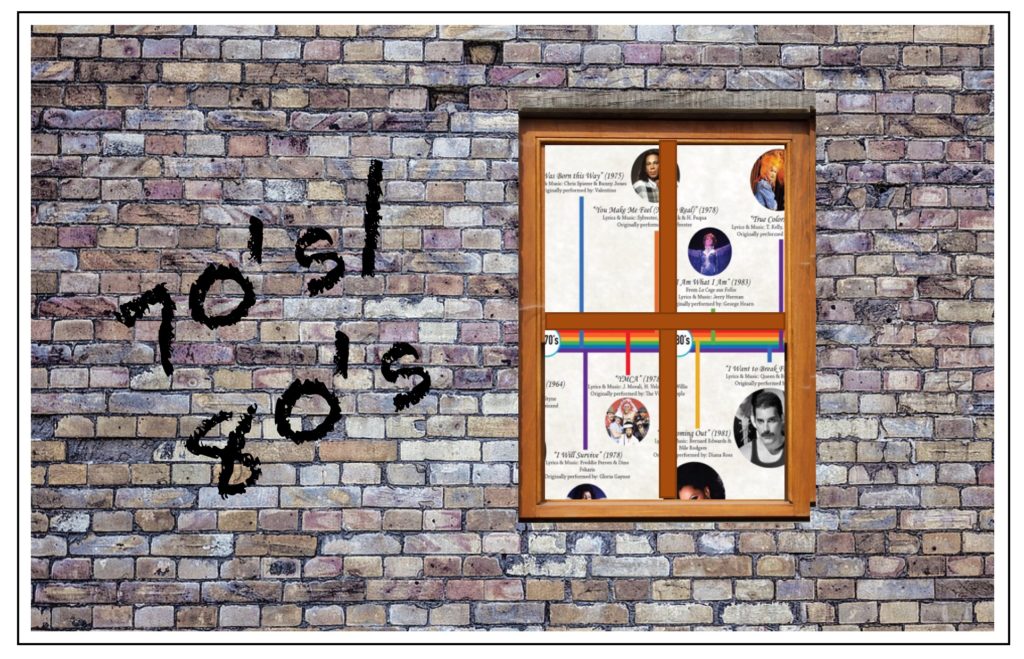
Same sex romance and politics as reflected by popular music in the 1970s and 1980s.
Feel free to blow up the window size to identify titles and pics.
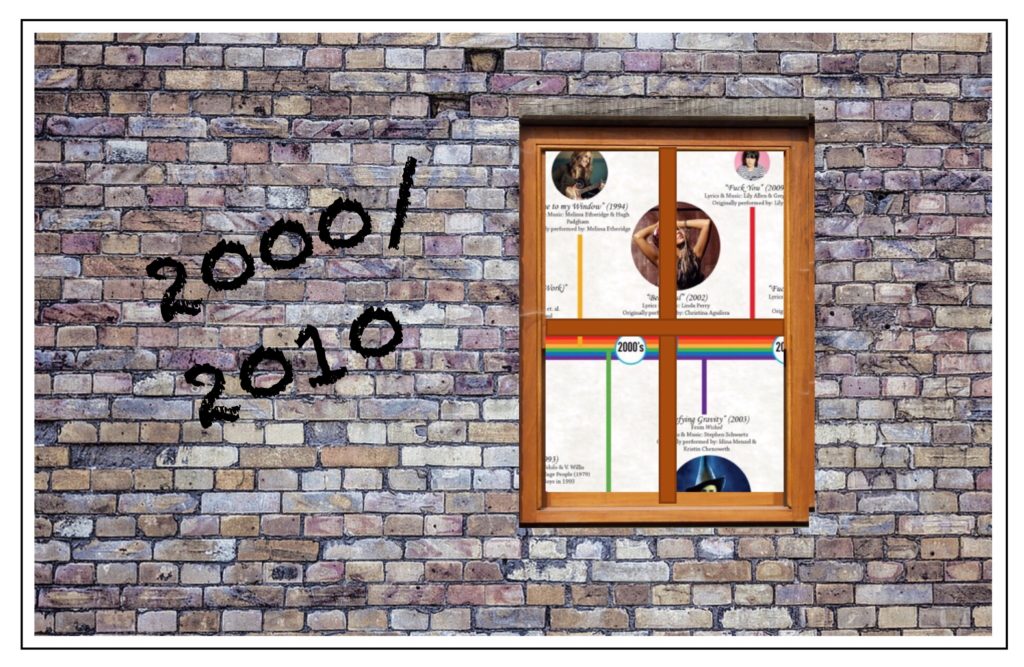
Status of same sex politics and romance by the time of the Obama Administration.
Pop music may seem trivial as a ‘window’ on the realm of the possible, but it is in some ways sufficient. What’s important from this vantage point? We’re looking at a huge change here, one accomplished in the approximate ten year gap between 1999 and the first Obama term. (We’re naming him for timeline purposes, not as a prime cause.) In the earlier window, hit songs are about self acceptance, coming out, and the emotional burden of homosexuals generally in the American culture. In the later window there is no more asking for acceptance but aggressive, demanding self confidence, a vision of “having it all,” whatever that might consist of.
Overton Window 1’s realm of the possible seems to be what we might call a Separate Peace, a live and let live accommodation between the straight and gay worlds. Overton Window 2 is a realm in which open, state-sponsored gay marriage is not only a possibility but an inevitability. Mind that we are talking about a truly massive shift in public opinion in this differential, on an issue that cuts very deeply to the heart of the cultural consensus on the meaning of human sexuality.
The value of the Overton Model is supposed to lie not in any trick of managed perception but in the opportunity to identify change and try to track its progression from where we were to where we are. The fact of progression is perhaps the key part of any Overton analysis. A timeline is always there, right behind the time segment being focused on. In our case it looks like this:
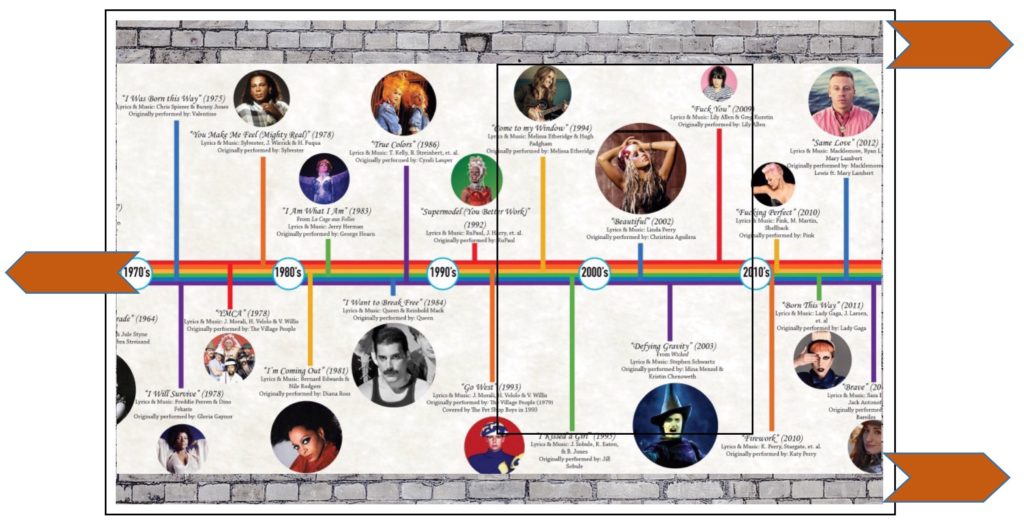
The ‘open’ window is outlined in black. The timeline graphic has been there behind the wall the whole time.
Our interest is not in the causes for the rapid transition we’re seeing; it’s in the way the model actually works and whether its way of working is effective and useful. Like any conceptual model/metaphor its purpose is to provoke questions and suggest lines of inquiry. Where in the timeline do events behind the pop music culture line up with or explain the transition? What makes the same sex constituency acquire so much more boldness and how is the growth in their assertiveness, anger, and power accomplished at such speed? It might be useful to ask, for example, if we are seeing a spontaneous change of mind here or a mere inevitability mandated by judicial fiat.
It is here that the Overton Window falls short. The window shows us a point of view, not a chain of cause and effect, and it has a structural bias not shown but implicit. We have used the word ‘progression’ several times now. That is what the proffered timeline shows. It is showing us a context in which change is to be understood implicitly as ‘progression’s cognate ‘progress.’
How does it do this? Look at the way the model works in a technical sense. (Check the directional arrows in the previous graphic.) It is the window itself which is being dragged forward through a set of ordered time events that exist independently; that is, they ‘are written’ and the window has to move to keep up. Interestingly, this means that the timeline itself is actually pointing backward, progress working its own will on the focus of the window. The next window, for example, will bring elements of an as yet unseen timeline of progress leftward/backward from today’s future into a new already ‘written’ now. It’s not hard for us to guess that that future timeline includes TG rights, unisex bathrooms, and the demolition of the word ‘gender’ as a meaningful descriptor of anything.
This distortion is an artifact of how the model works, and it is quite easy to see how its reliance on the emotional appeal of progressive transitions can break down utterly and embarrassingly.
Here’s our final application of the Overton Window, focusing this time on progressive perspectives on Donald J. Trump:

Two distant dates. Two different perspectives. What kind of progressive transition will the Overton timeline show us?
Maybe the timeline will show us an evolution, a development, a logical progression from one mental state to another.
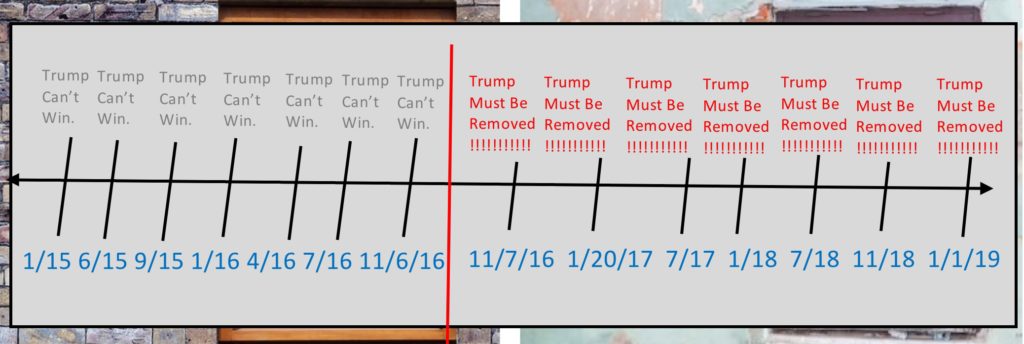
Huh. The Overton Window appears to be broken. It can’t point to real causes, and it can’t predict the ‘progress’ that will inevitably occur from this point forward.
Yes, ladies and gentlemen. We are going to be needing a better conceptual model of what is going on in the heads of the Progress Party. It just so happens we have one.
That brings us to the end of Part 1. The next part, Of Graphics and Tables, can be found here:


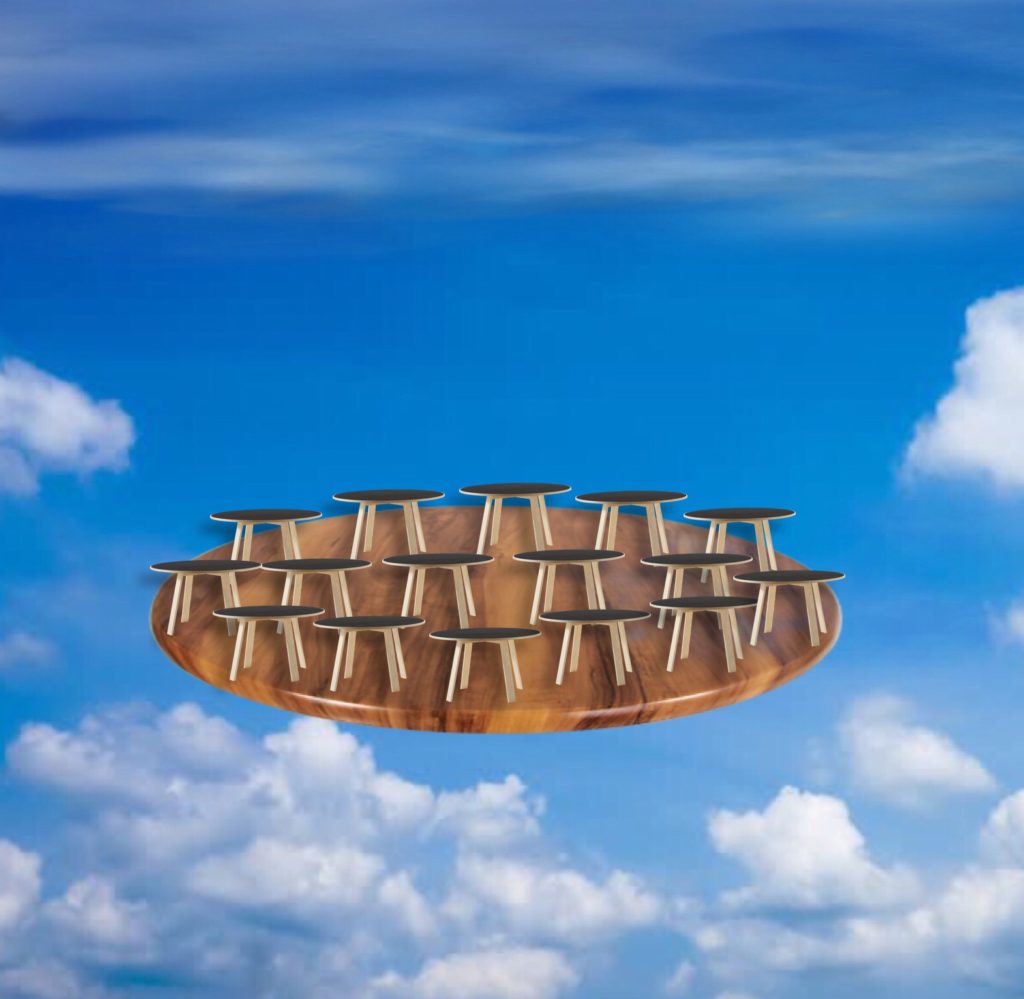
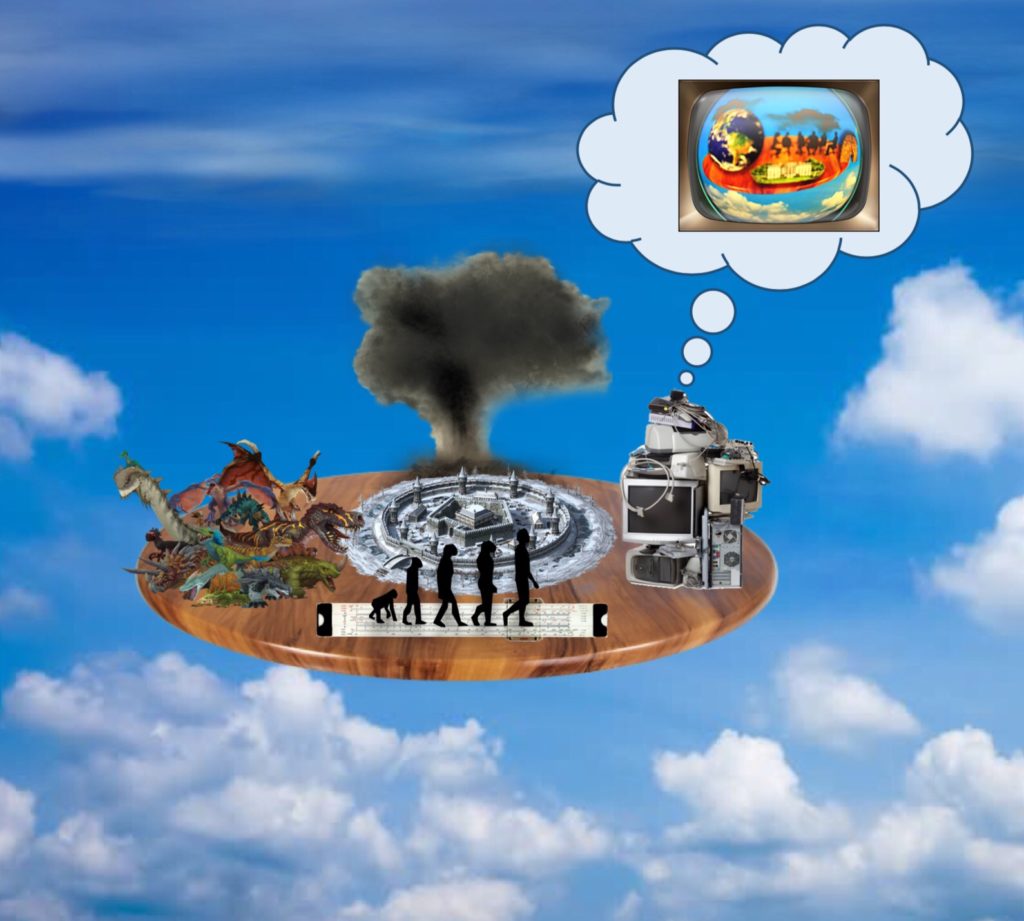
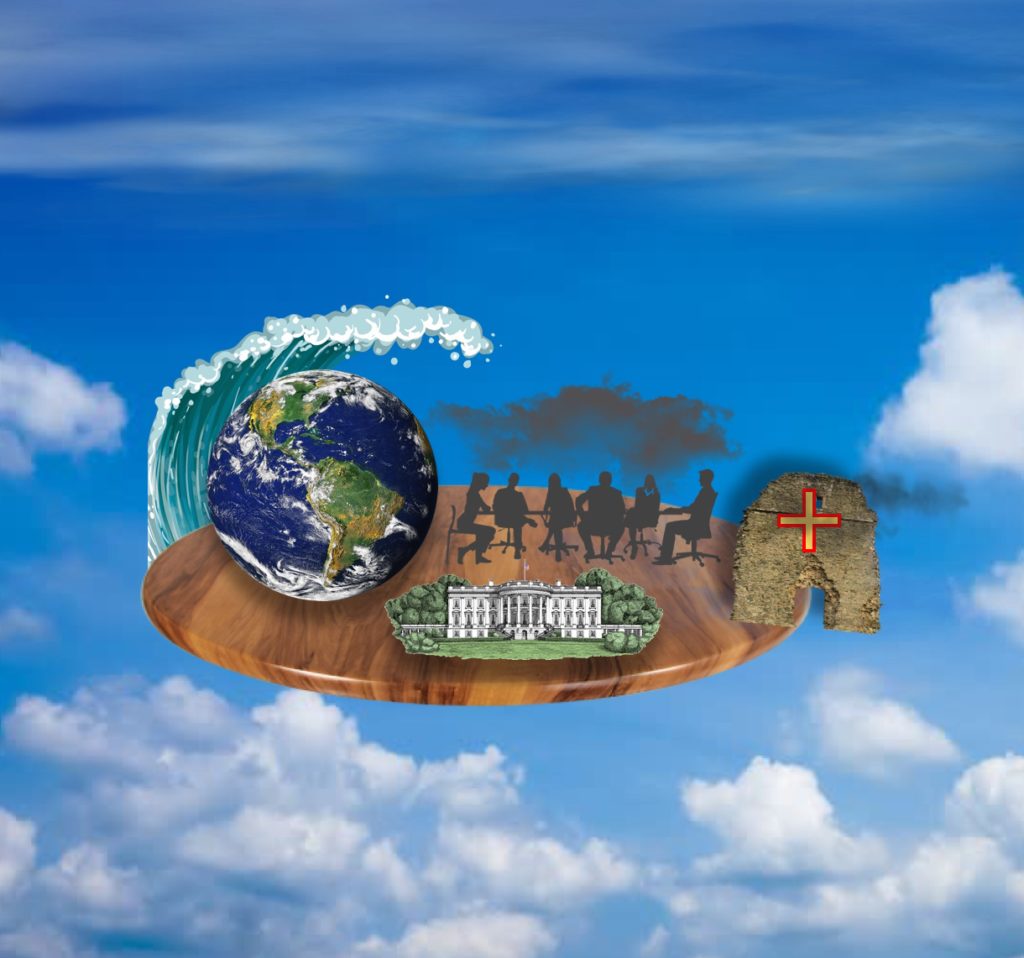
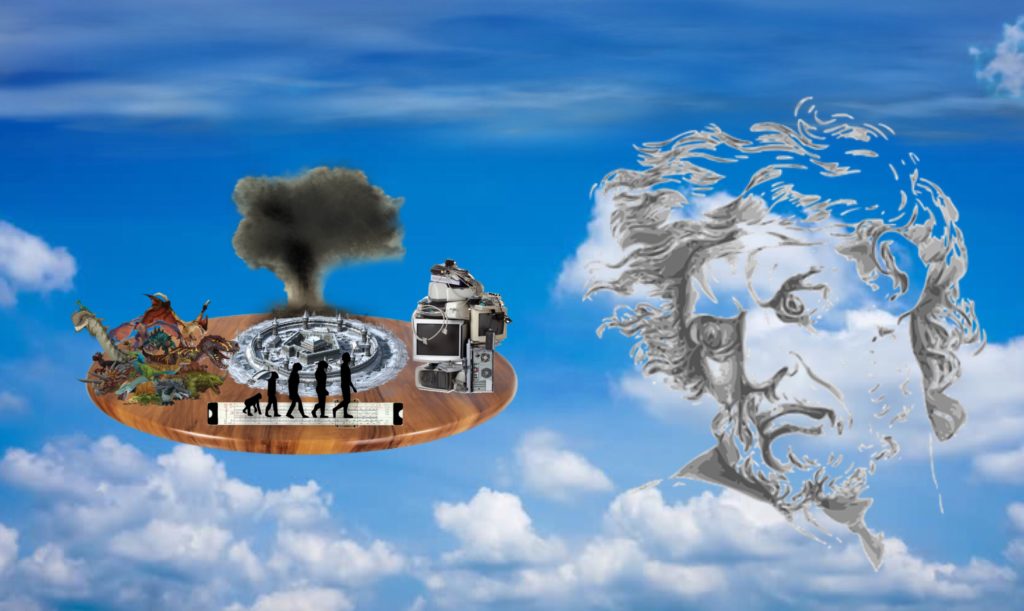
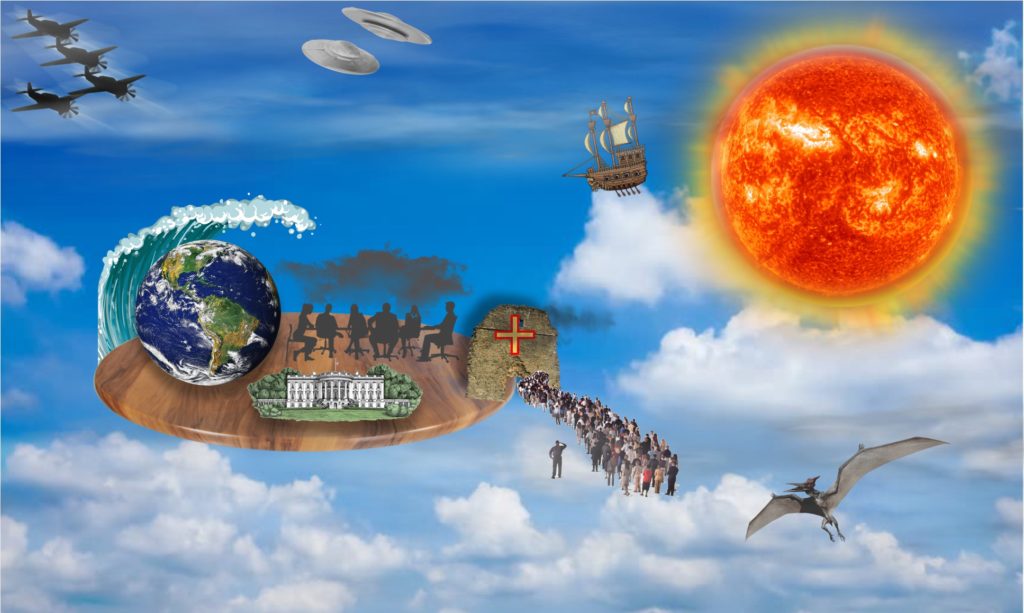
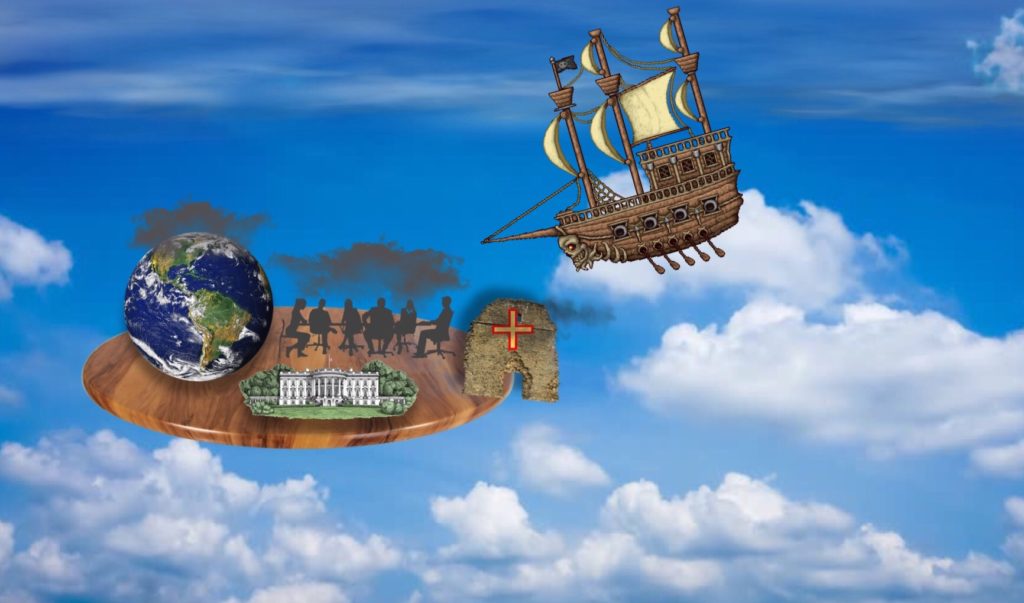


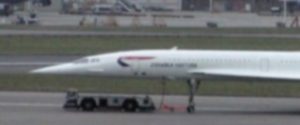

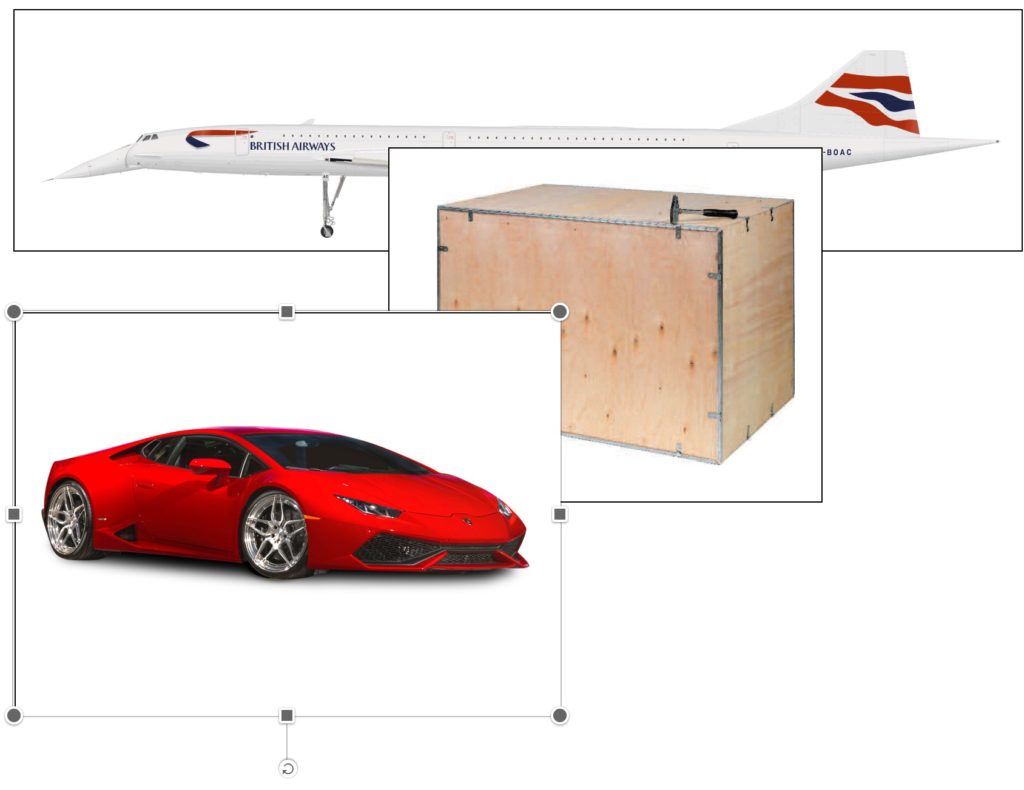
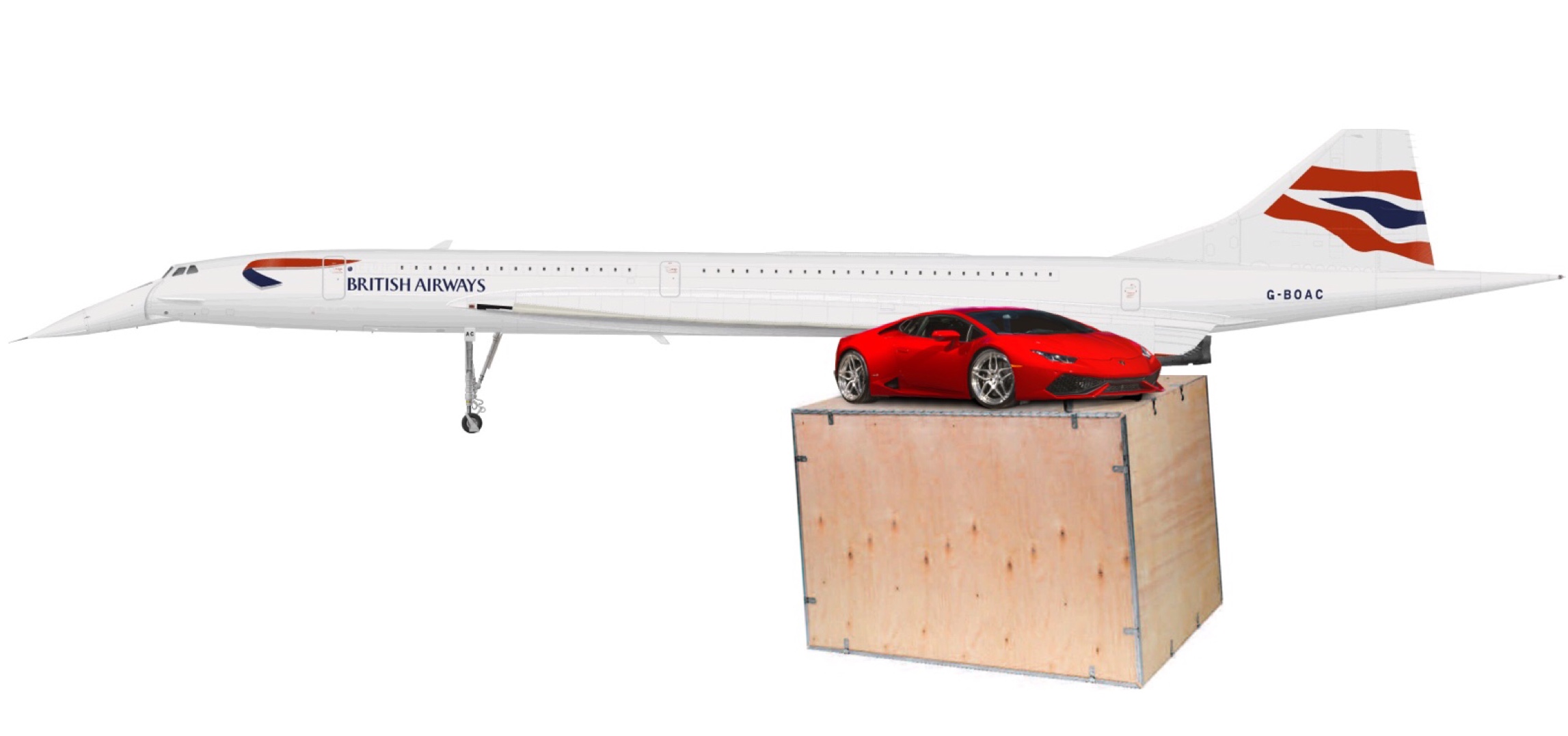
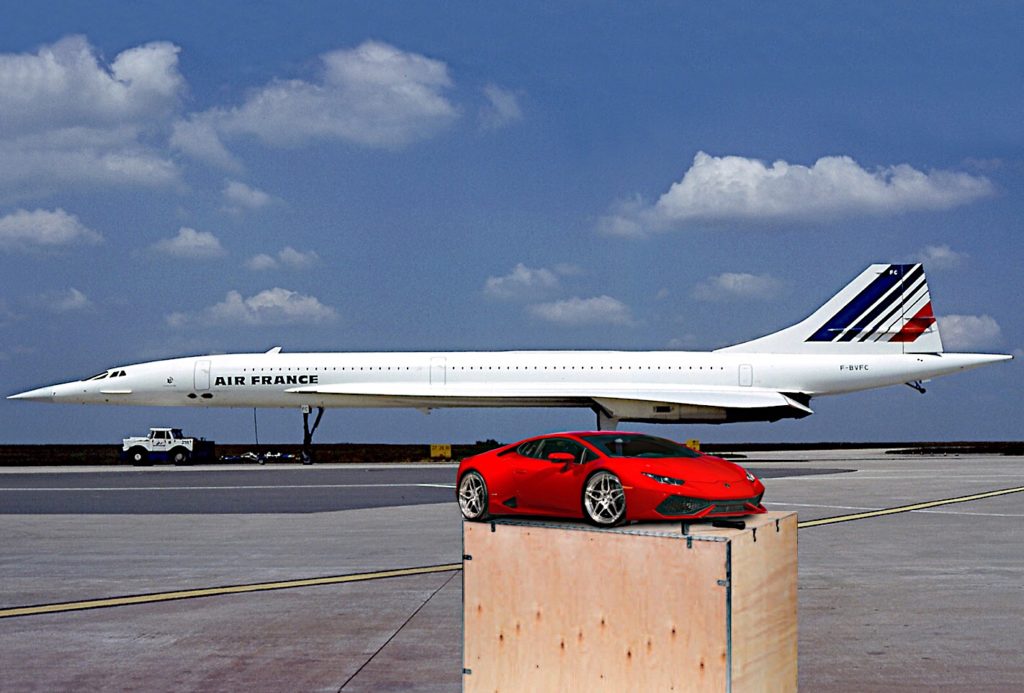 What I saw from the window of a 747. Almost exactly. My wife’s favorite.
What I saw from the window of a 747. Almost exactly. My wife’s favorite.
Recent Comments